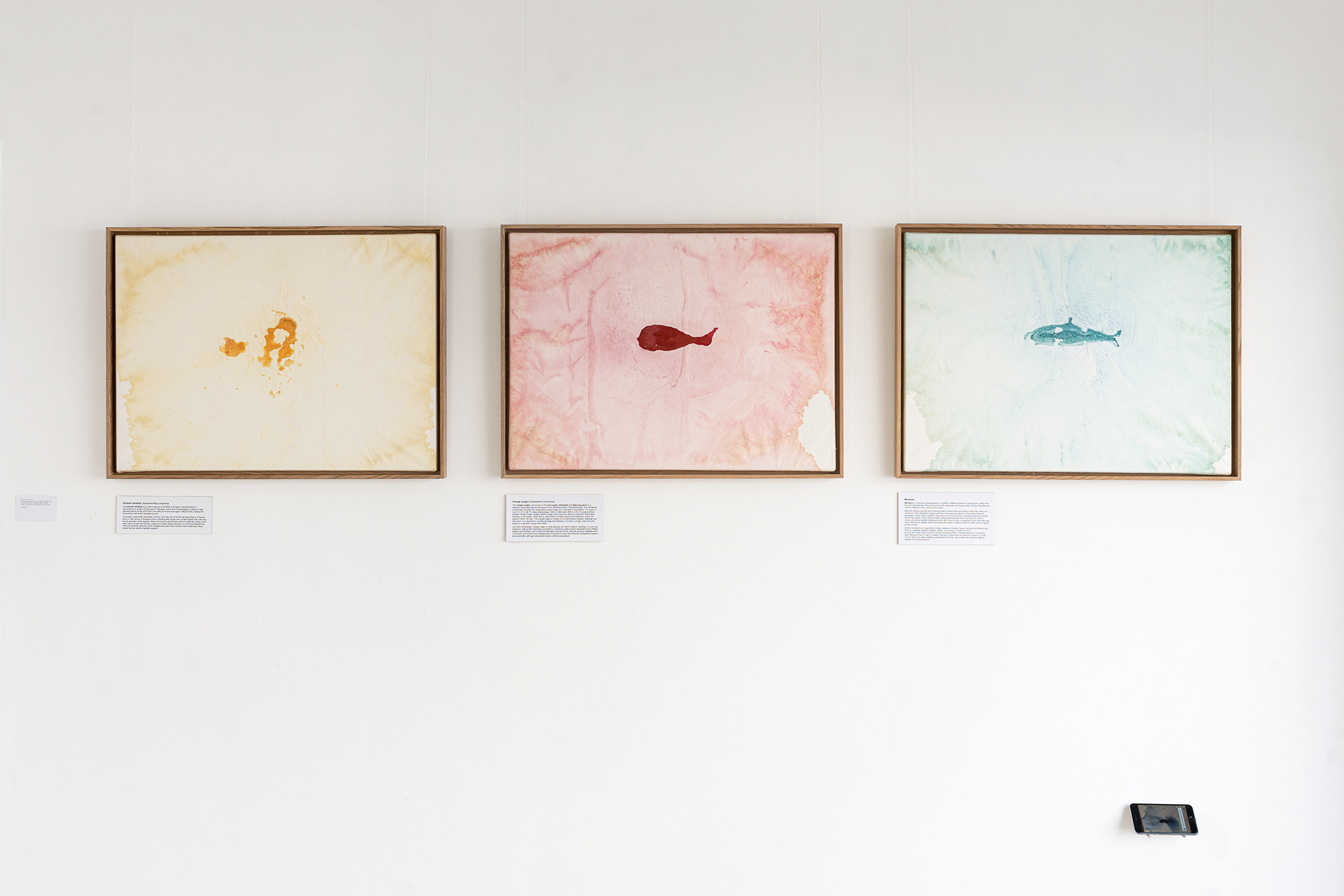
In case I don’t see ya,
good afternoon good evening and good night
exhibition “FEERNWEH”
good afternoon good evening and good night
exhibition “FEERNWEH”
Galerie Poiesis, Markkleeberg Germay, 2021
70x60 cm, reispapier, 3 Fishs made of aqualle+pigment ice
photo by Changan Soon
70x60 cm, reispapier, 3 Fishs made of aqualle+pigment ice
photo by Changan Soon
I'm sorry
I'm sorry
I'm sorry
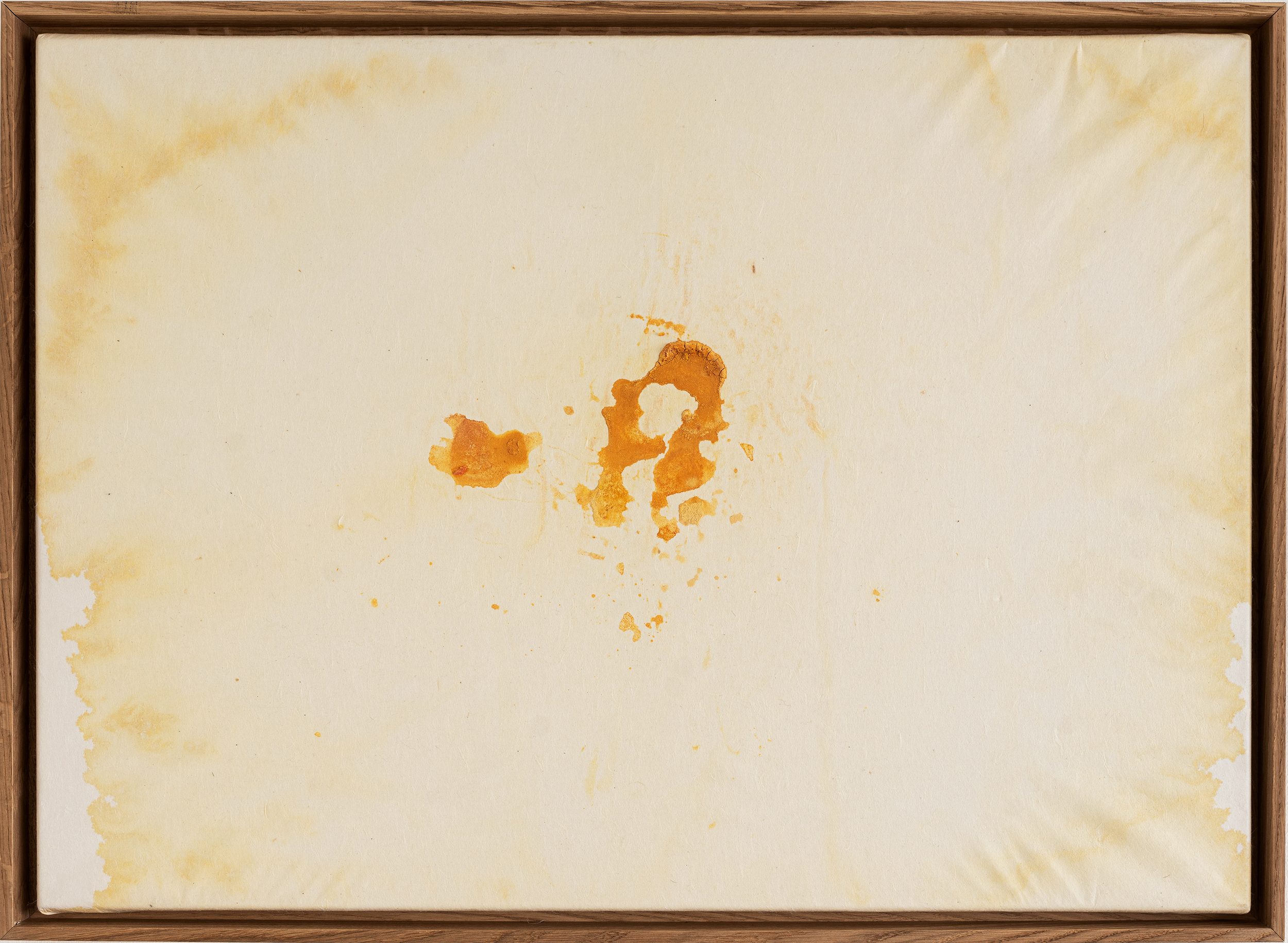
The smooth handfish is an extinct species of handfish in the genus Sympterichthys. It was endemic to waters off the coast of Tasmania, mainly the D’Entrecasteaux Channel. It was declared extinct by the IUCN Red List in May 2018 and once again in March 2020, marking the first entirely marine fish classified as such.
In the past, it was likely reasonably common, as it was one of the first fish described on François Péron's 1802 survey of Australia and an individual was caught with a simple dipnet; this is the only known specimen of the species. When and how the species went extinct is relatively unclear, but it likely had to do with the intensive scallop and oyster fishery that went on in the area between the 19th and mid-20th centuries, which dredged every part of the channel, which destroyed critical habitat that the benthic handfish required. #wikipedia
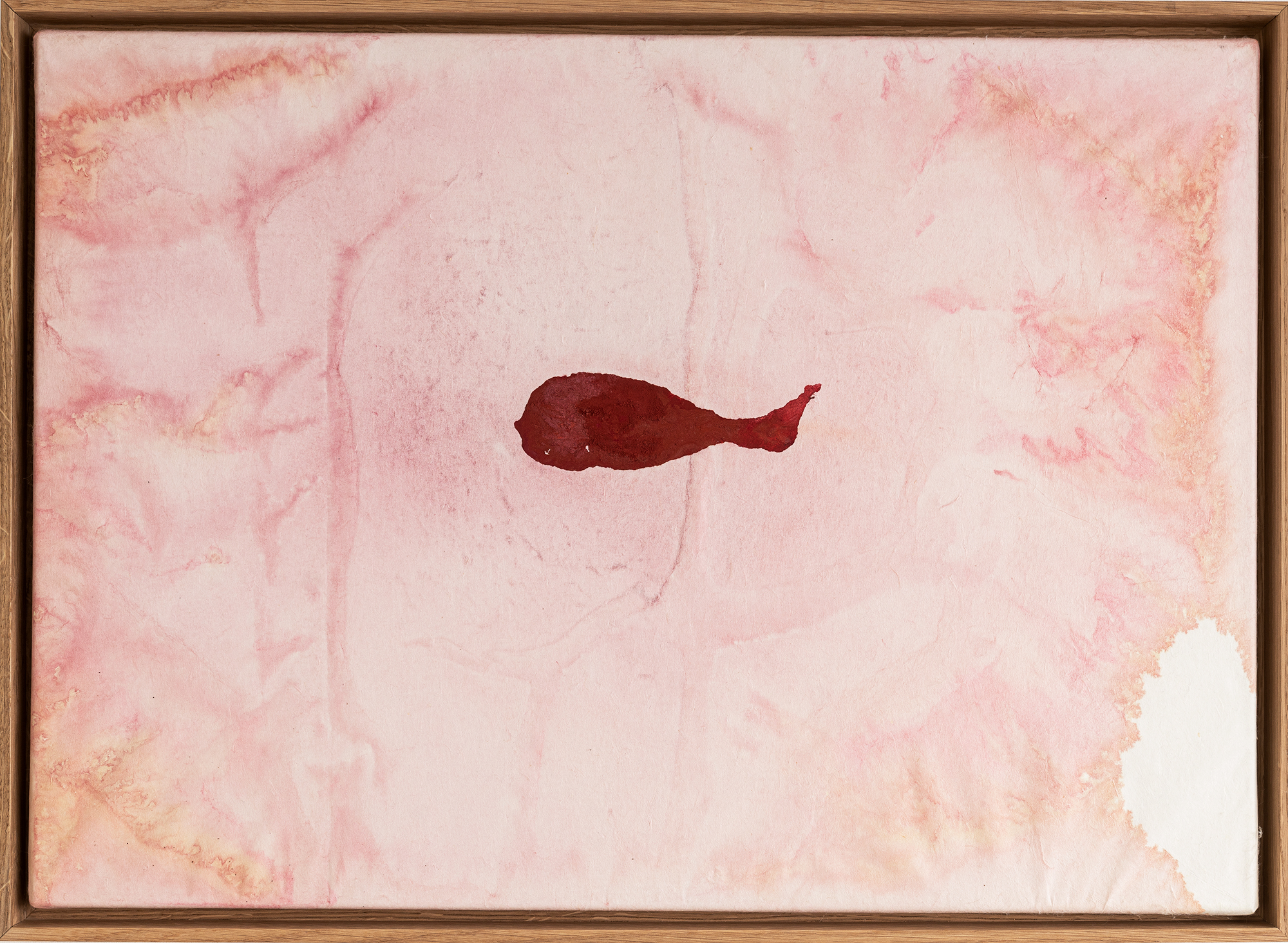
The orange roughy, also known as the red roughy, slimehead and deep sea perch, is a relatively large deep-sea fish belonging to the slimehead family (Trachichthyidae). The UK Marine Conservation Society has categorized orange roughy as "vulnerable to exploitation". It is found in 3 to 9 °C (37 to 48 °F), deep (bathypelagic, 180-to-1,800-metre (590 to 5,910 ft)) waters off the Western Pacific Ocean, eastern Atlantic Ocean (from Iceland to Morocco; and from Walvis Bay, Namibia, to off Durban, South Africa), Indo-Pacific (off New Zealand and Australia), and in the eastern Pacific off Chile. The orange roughy is notable for its extraordinary lifespan, attaining over 200 years. It is important to commercial deep-trawl fisheries. The fish is a bright, brick-red color, fading to a yellowish-orange after death.
Like other slimeheads, orange roughy is slow-growing and late to mature, resulting in a very low resilience, making them extremely susceptible to overfishing. Many stocks (especially those off New Zealand and Australia, which were first exploited in the late 1970s), became severely depleted within 3–20 years, but several have subsequently recovered
to levels that fisheries management believe are sustainable, although substantially below unfished populations. #wikipedia
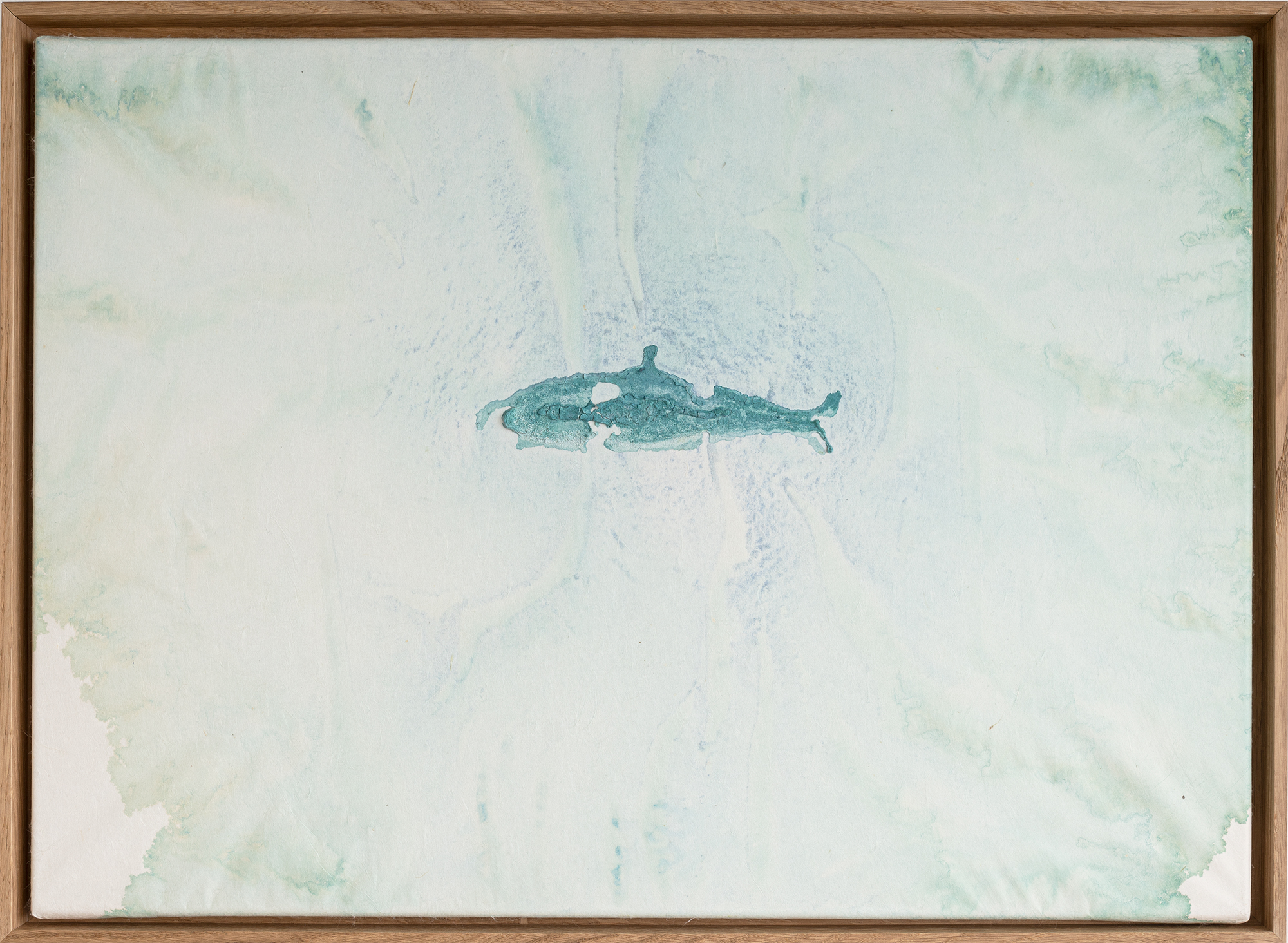
Mackerel
Mackerel is a common name applied to a number of different species of pelagic fish, mostly from the family Scombridae. They are found in both temperate and tropical seas, mostly living along the coast or offshore in the oceanic environment.
Mackerel species typically have vertical stripes on their backs and deeply forked tails. Many are restricted in their distribution ranges and live in separate populations or fish stocks based on geography. Some stocks migrate in large schools along the coast to suitable spawning grounds, where they spawn in fairly shallow waters. After spawning they return the way they came in smaller schools to suitable feeding grounds, often near an area of upwelling. From there they may move offshore into deeper waters and spend the winter in relative inactivity. Other stocks migrate across oceans.
Smaller mackerel are forage fish for larger predators, including larger mackerel and Atlantic cod. Flocks of seabirds, whales, dolphins, sharks, and schools of larger fish such as tuna and marlin follow mackerel schools and attack them in sophisticated and cooperative ways. Mackerel flesh is high in omega-3 oils and is intensively harvested by humans. In 2009, over 5 million tons were landed by commercial fishermen. Sport fishermen value the fighting abilities of the king mackerel. #wikipedia
INSTALLATION VIEW
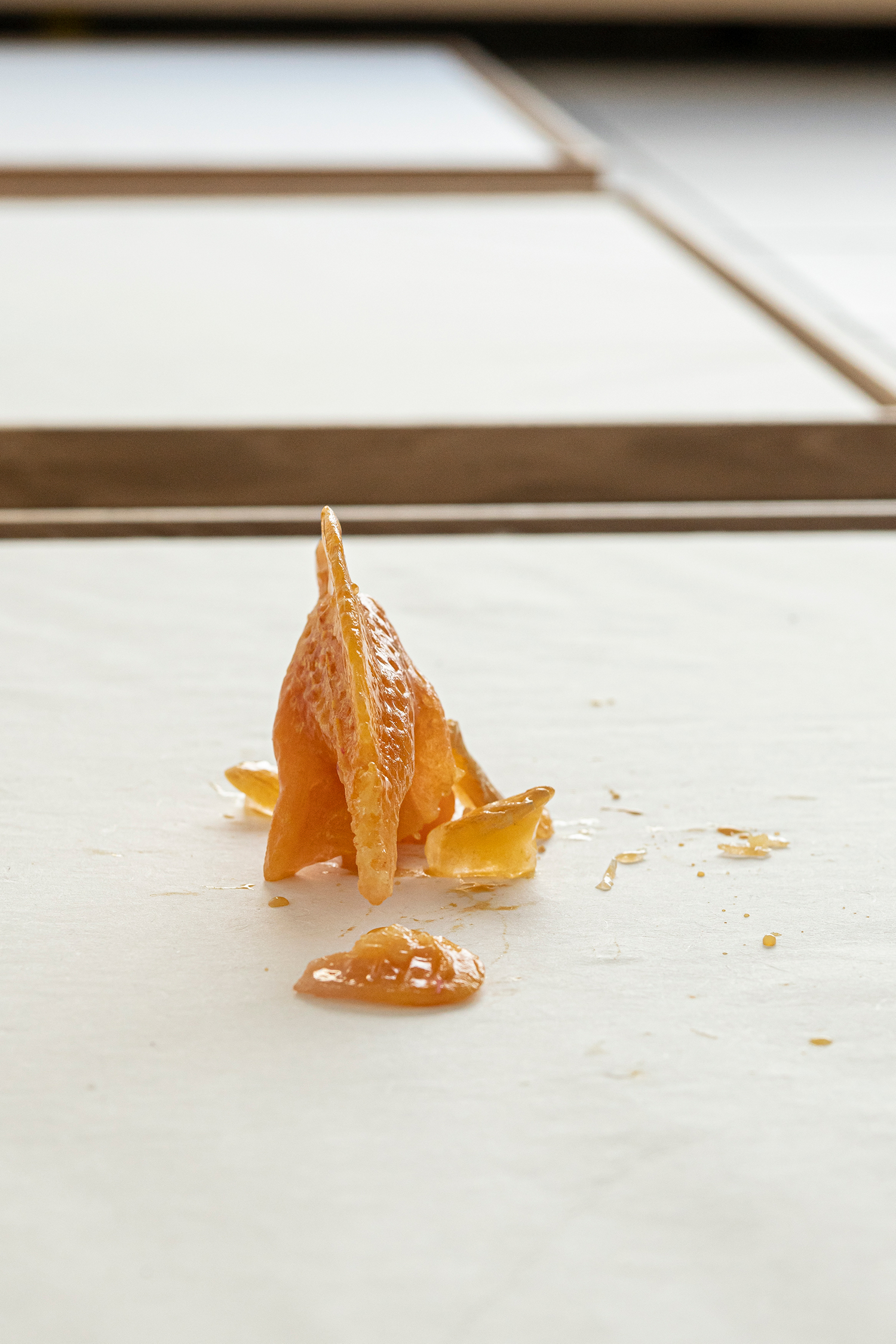

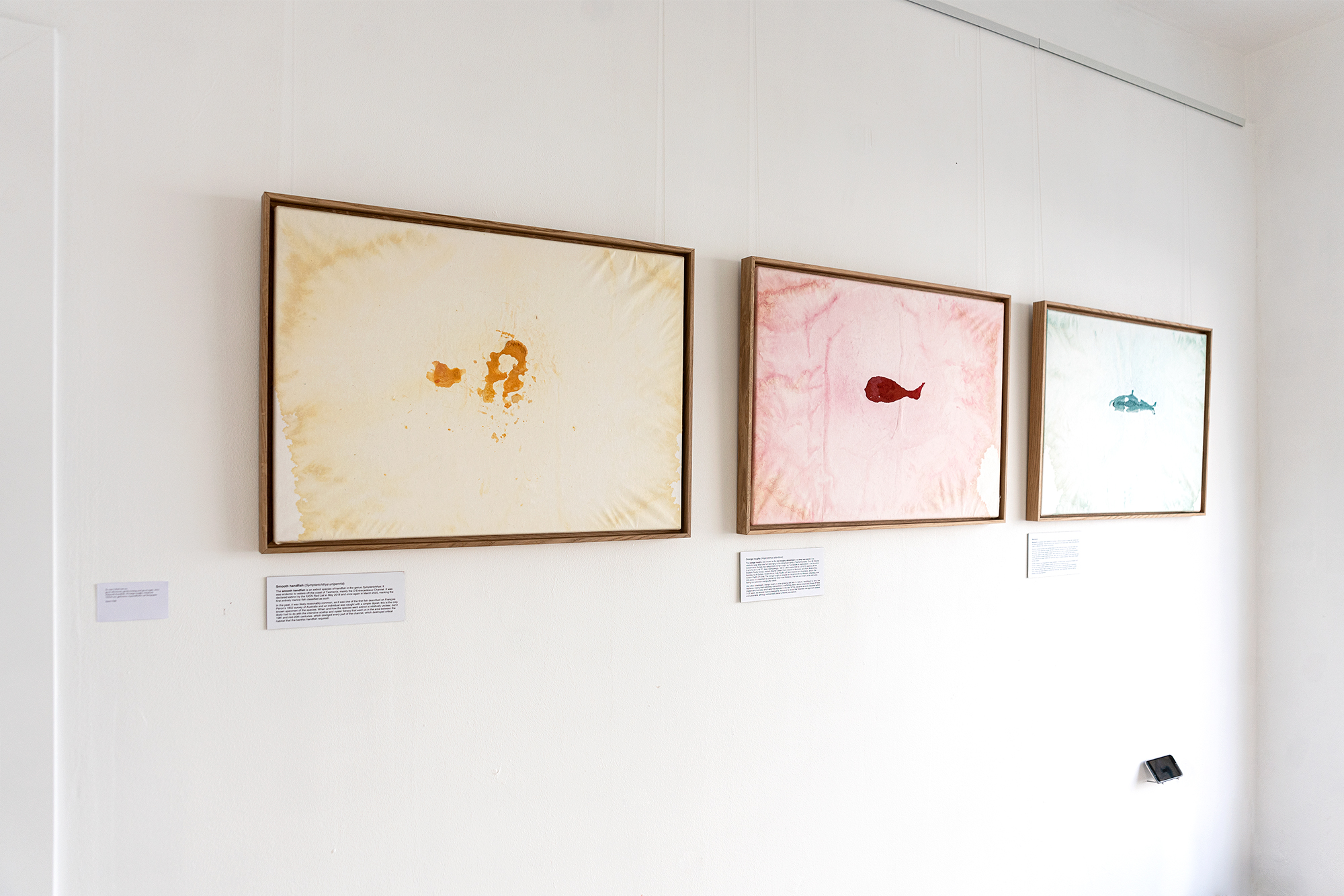

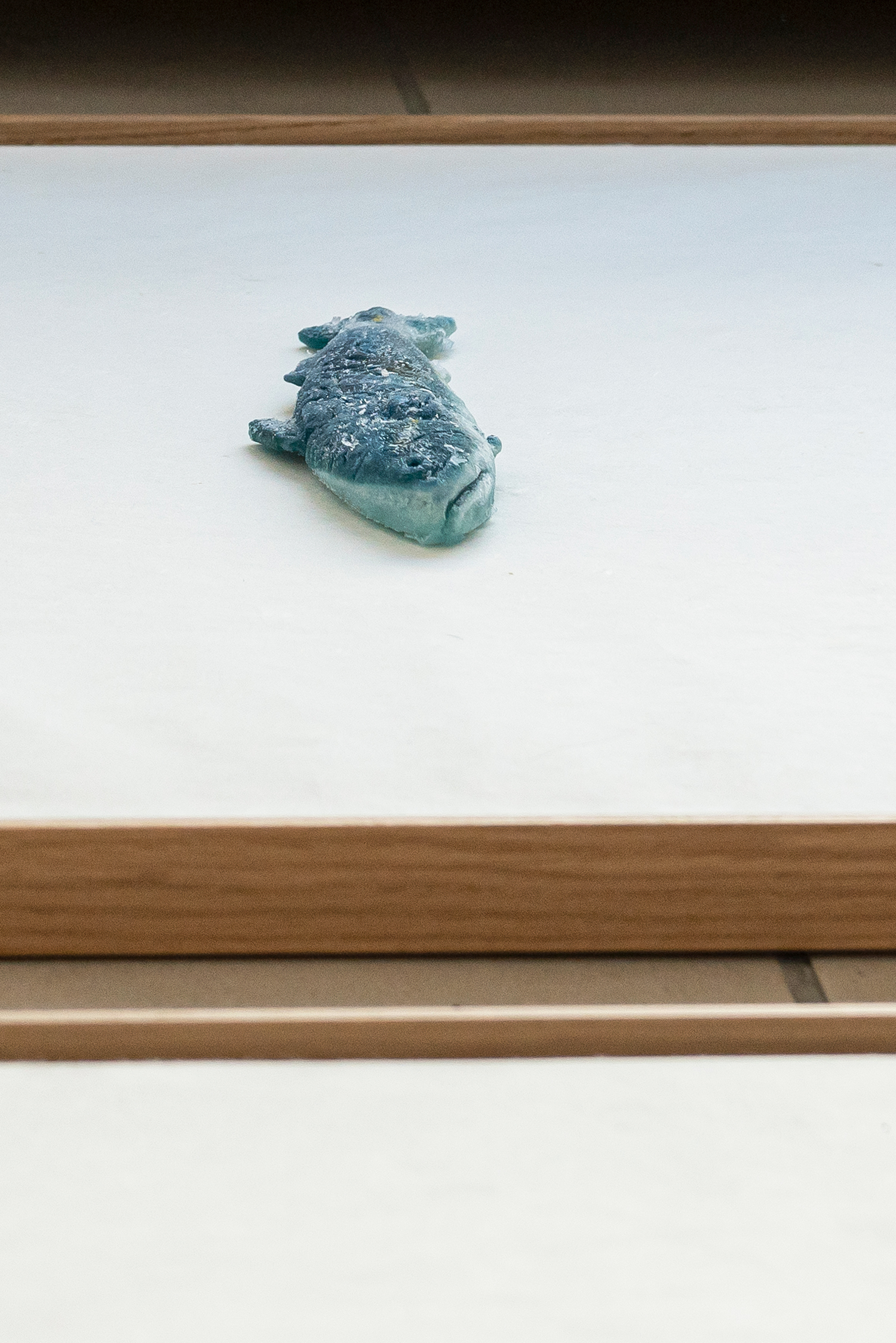



Galerie Poiesis, Markkleeberg Germay, 2021
70x60 cm, reispapier, 3 fishs made of aqualle+pigment ice
70x60 cm, reispapier, 3 fishs made of aqualle+pigment ice